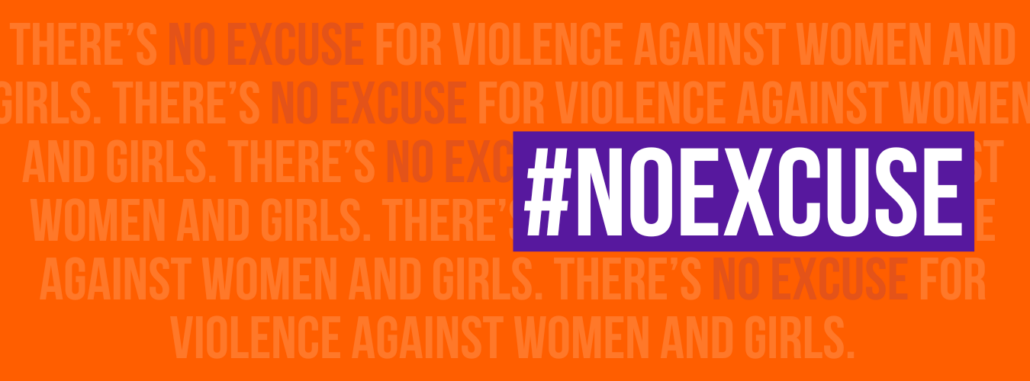If you think your computer is being monitored,
it may be in your best interest to choose to
close this topic immediately.Meno Martha
Umbrella
What may the Violence Against Women Umbrella include?
Depending on the Source (DotS) this Umbrella may include:
- Abuse
- Abused Women
- Battered Women
- Digital Abuse
- Domestic Abuse/Violence
- Emotional Abuse
- Financial Abuse
- Intimate Partner Violence (IPV)
- Partner Abuse/Violence
- Physical Abuse/Violence
- Reproductive Coercion
- Safety and Relationships
- Sexual Abuse/Violence
- Spousal Abuse/Violence
- Violence Against Women
Definition
What is violence against women?
DotS the definition of violence against women may vary. The United Nations General Assembly’s definition is:
Common or Not
How common is violence against women?
In Violence Against Women: Key Facts dated 09 March 2021, the World Health Organization include:
- “Estimates published by WHO indicate that globally about 1 in 3 (30%) of women worldwide have been subjected to either physical and/or sexual intimate partner violence or non-partner sexual violence in their lifetime
- Most of this violence is intimate partner violence. Worldwide, almost one third (27%) of women aged 15-49 years who have been in a relationship report that they have been subjected to some form of physical and/or sexual violence by their intimate partner”.2
In the United States according to a statistic quoted by the (United States) National Domestic Violence Hotline in Domestic Violence Statistics: General Statistics:
In the United Kingdom according to the Refuge in The Facts:
Fact: 1 in 4 women in England and Wales will experience domestic abuse in her lifetime.
Fact: On average, 2 women a week are killed by a current or former partner in England and Wales”.4
Domestic Violence/Abuse
What is domestic violence/abuse?
DotS the definition of domestic violence may vary. In Understand Relationship Abuse: We’re All Affected By the Issue of Domestic Violence – Abuse Defined the National Domestic Violence Hotline’s definition is:
In Signs of Domestic Abuse: Spotting the Signs – Types of Domestic Abuse the Refuge explain:
- “Psychological/emotional abuse: Includes name-calling, threats and manipulation, blaming you for the abuse or ‘gas-lighting’ you
- Economic abuse: Controlling your access to money or resources. He might take your wages, stop you working, or put you in debt without your knowledge or consent
- Sexual abuse: Doesn’t have to be physical. He might manipulate, deceive or coerce you into doing things you don’t want to do
- Coercive control: When an abuser uses a pattern of behaviour over time to exert power and control. It is a criminal offence
- Physical abuse: Not only hitting. He might restrain you or throw objects. He might pinch or shove you and claim it’s a ‘joke’
- Tech abuse: He might send abusive texts, demand access to your devices, track you with spyware, or share images of you online”.6
Pattern
Can domestic violence have a pattern?
Yes. In Domestic Violence Against Women: Recognize Patterns, Seek Help – Recognize Domestic Violence the (United States) Mayo Clinic elaborate on how to recognize domestic violence patterns.
Who
Who can domestic violence happen to?
The National Domestic Violence Hotline explain:

“Domestic violence doesn’t discriminate. People of any race, age, gender, sexuality, religion, education level, or economic status can be a victim — or perpetrator — of domestic violence. That includes behaviors that physically harm, intimidate, manipulate, or control a partner or otherwise force them to behave in ways they don’t want to. This can happen through physical violence, threats, emotional abuse, or financial control”.7
Facts
What are facts about violence against women everyone should know?
In International Day for the Elimination of Violence Against Women 25 November: Why We Must Eliminate Violence Against Women the United Nations elaborate on:
In general terms, it manifests itself in physical, sexual and psychological forms, encompassing:
- Intimate partner violence (battering, psychological abuse, marital rape, femicide)
- sexual violence and harassment (rape, forced sexual acts, unwanted sexual advances, child sexual abuse, forced marriage, street harassment, stalking, cyber- harassment)
- Human trafficking (slavery, sexual exploitation)
- Female genital mutilation; and
- Child marriage”.8
Intimate Partner Violence
What is intimate partner violence (IPV)?
DotS the definition of IPV may vary. In Relationships and Safety: Domestic or Intimate Partner Violence the Womenshealth.gov’s definition is:
In Fast Facts: Preventing Intimate Partner Violence: What Is Intimate Partner Violence? the (United States) Centers for Disease Control and Prevention’s definition is:
Female Genital Mutilation
What is female genital mutilation (FGM)?
DotS the definition of FGM may vary. In International Day of Zero Tolerance for Female Genital Mutilation, 6 February: Ending Female Genital Mutilation By 2023 the United Nation’s definition is:
LGBTQ Violence
What is LGBTQ+?
DotS LGBTQ+ can be an abbreviation for Lesbian, Gay, Bisexual, Transgender, Queer/Questioning, Plus.
Is abuse in LGBTQ+ relationships, similar to their heterosexual peers?
In Abuse In LGBTQ+ Communities the National Domestic Violence Hotline elaborate on:
In Domestic Violence Against Women: Recognize Patterns, Seek Help the (United States) Mayo Clinic also note:
- Threatens to tell friends, family, colleagues or community members your sexual orientation or gender identity
- Tells you that authorities won’t help you because of your sexuality or gender identity
- Justifies abuse by questioning your sexuality or gender identity”.13
Elder Abuse
What is elder abuse?
Dots the definition of elder abuse may vary. In Abuse In Later Life the (United States) National Clearinghouse on Abuse In Later Life’s (NCALL) definition includes:
Help
What if I need help?
In Domestic Violence and Abuse: Getting Help and Support for Domestic Violence the (United Kingdom) NHS elaborate on:
Emergency Help
What if I need help in an emergency or if I am in immediate danger?
If you need help in an emergency or if you are in immediate danger, call the Police.
Local Help
What if I would like local help?
If you would like local help your health care provider, local community health center, national and/or state Domestic Violence Helpline may be able to provide you with information/referral/support to resources/services close to you such as:
- Community Advocacy e.g. Childcare, Employment Resources, Permanent Housing
- Counseling
- Customized and Multicultural Services
- Emergency Shelter/Women’s Refuge
- Legal Advocacy
- Support Groups
- Transitional Housing
Hotline/Helpline
Do some countries have a 24/7 National Domestic Violence hotline/helpline to call?
Yes. Your country may have a hotline/helpline similar to the United States’ 24/7 National Domestic Violence Hotline, Australia’s 24/7 National Sexual Assault, Domestic Family Violence Counselling Service 1800RESPECT or in the United Kingdom, Refuge’s The Freephone, 24-Hour National Domestic Abuse Helpline.
Phone Bill
Even though hotline/helpline calls may be free, can they appear on phone bills?
Depending on the Country, they may. If you think your phone bill may be checked, call from a friend’s phone, a work phone or what you consider a safe phone.
Website Escape Button
Can some violence against women website pages include an escape or exit button as a way to immediately leave the site?
Yes. In the Office on Women’s Health, United States Department of Health and Human Services, Womenshealth.gov’s section Relationships and Safety: Escape, topics may include an escape button on the left side of the page which instructs:
Helpline Links
Where may I find Helpline Links?
Your Country may have Links similar to:
Helpline Links (in alphabetical order)
- HotPeachPages [International List of Sexual & Domestic Violence Agencies]
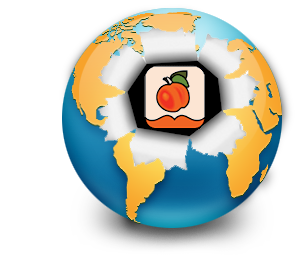
- Lila Help [Trustworthy gender-based violence helplines and NGOs for almost every country in the world]
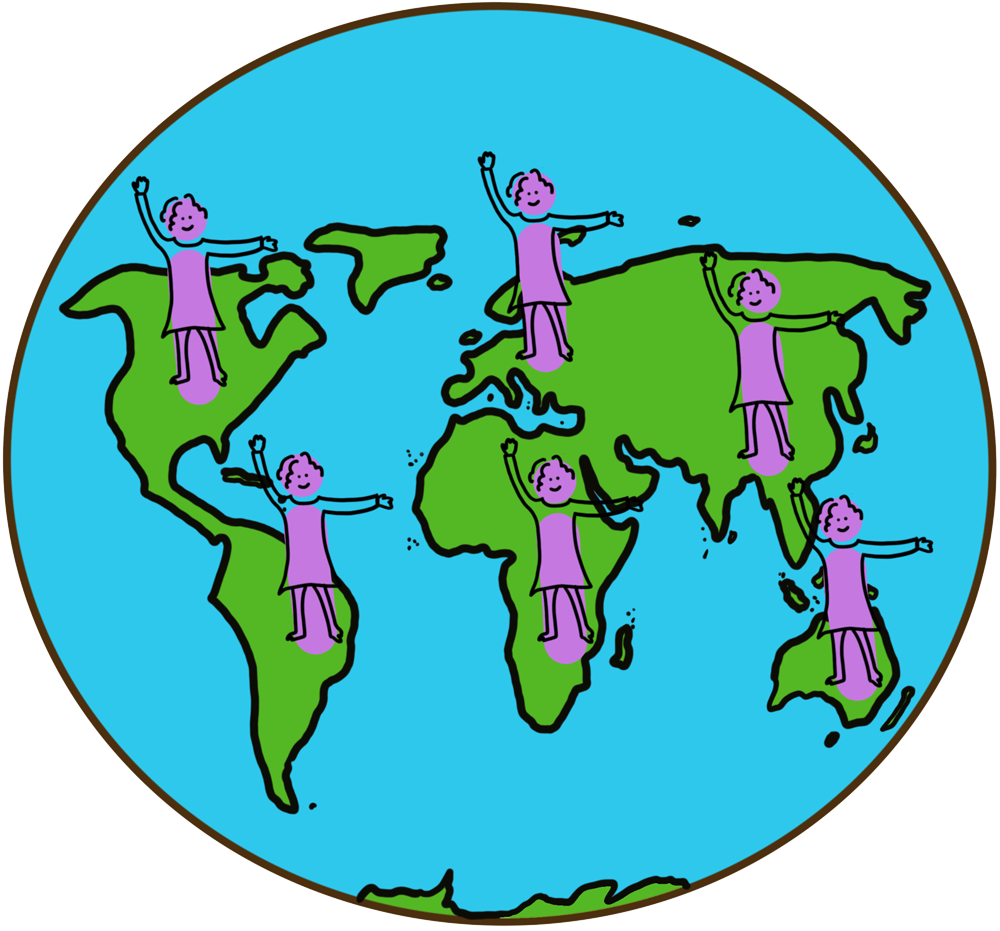
- Need Help? [UN Women List of Organizations that provide services by Country]
- No More Directory [A Directory of Sexual and Domestic Violence Helplines and Services]

- The Pixel Project, Domestic Violence Resource Page [links to international and country-linked organisations worldwide for anyone searching for helplines, hotlines, or anti-violence against women experts, activists, and advocates in their country, region, or on an international level]

Health Topics A-Z
Where may I find Health Topics A-Z related to Violence Against Women?
In Health Topics A-Z you may find:
Violence Against Women Links
Where may I find Links related to Violence Against Women?
Your Country may have Links similar to:
Links
This Links List to third party websites is neither comprehensive nor exhaustive. Inclusion on this Links List does not imply endorsement or recommendation. Non-inclusion on this Links List does not imply non-endorsement or non-recommendation. Third party websites are not under the control of Meno Martha International Menopause Directory. Third party websites may contain explicit medical images and/or sexual references. Please read Meno Martha International Menopause Directory’s Links Policy before proceeding to a Link. Please contact Webmaster if you experience a problem with a Link.New or Updated
- Impact of Violence Against Women on Quality of Life and Menopause-Related Disorders [February 2024]
- International Day of Zero Tolerance for Female Genital Mutilation [06 February 2024]
- Putting Survivors At the Forefront of the Global Movement To End Female Genital Mutilation [06 February 2024]
- Violence Against Women
- WHO Calls for Greater Attention To Violence Against Women With Disabilities and Older Women [27 March 2024]
- 10 Signs You’re In A Codependent Relationship, and What To Do About It
- 16 Days of Activism [25 November – 10 December 2023]
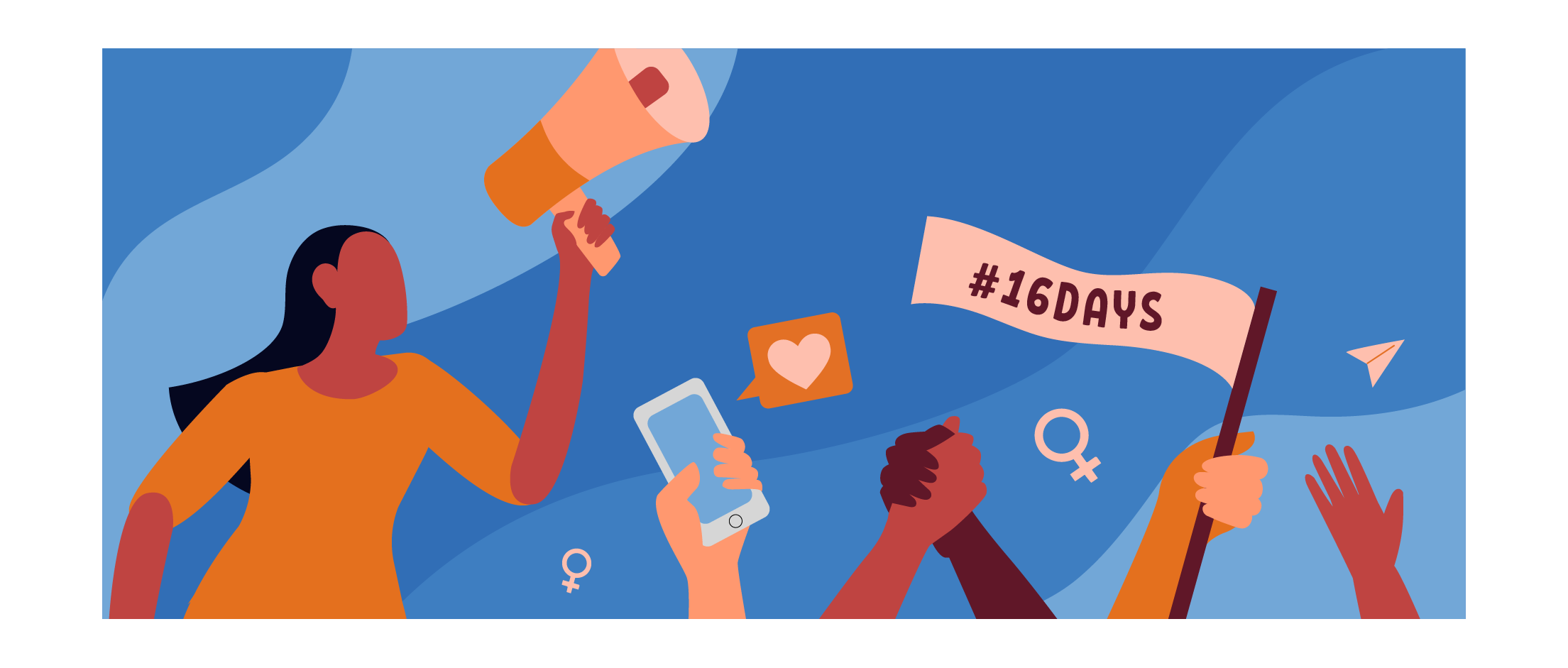
- 16 Days of Activism Against Gender-Based Violence [25 November – 10 December 2023]
- 1800RESPECT.org [National Sexual Assault, Domestic Family Violence Counselling Service, Australia]
- A History of Stressors and Childhood Trauma May Predict Worse Menopausal Symptoms and Well-Being
- About Domestic Abuse
- Abuse In LGBTQ+ Communities
- Abuse In Later Life
- Are You Experiencing Domestic Abuse? You Are Not Alone
- Avaproject.org.uk [AVA, Against Violence & Abuse, United Kingdom]
- Become A Signal for Help Responder
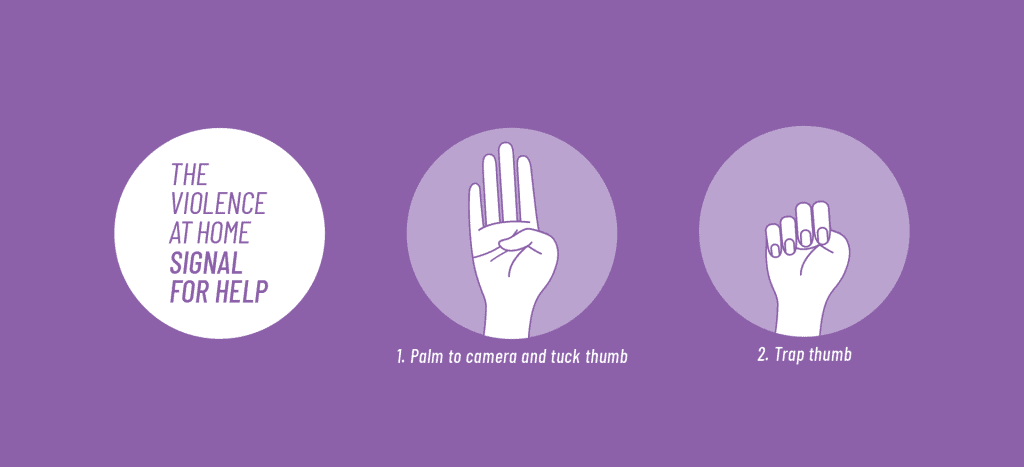
- Date Rape Drugs
- Domesticshelters.org [Directory of Programs and Shelters for United States and Canada]
- Domestic Violence
- Domestic Violence Against Women: Recognize Patterns, Seek Help
- Domestic Violence and Abuse [+ Video: Domestic Violence]
- Elder Abuse
- Ending Female Genital Mutilation By 2030
- Ending Female Genital Mutilation By 2030: 2024 Theme: Her Voice. Her Future

- FAQs: Intimate Partner Violence
- Facts and Figures: Ending Violence Against Women
- Female Genital Mutilation
- Female Genital Mutilation
- Female Genital Mutilation
- Female Genital Mutilation (FGM) [+ Videos]
- Female Genital Mutilation or Cutting
- Forward [Foundation for Women’s Health Research and Development, United Kingdom]
- Five Essential Facts To Know About Femicide
- Frequently Asked Questions: Types of Violence Against Women and Girls
- Futureswithoutviolence.org
- Global Database on the Prevalence of Violence Against Women
- Global Network of Women’s Shelters
- How To Identify Abuse
- Impact of Violence Against Women on Quality of Life and Menopause-Related Disorders
- Intergenerational Abuse, Childhood Violence May Cause Earlier Onset of Menopause
- International Day for the Elimination of Sexual Violence In Conflict, 19 June
- International Day for the Elimination of Violence Against Women [25 November]
- International Day of Zero Tolerance for Female Genital Mutilation [06 February 2024]
- International Society for the Study of Women’s Sexual Health: Find A Provider
- I’m Not Sure If My Relationship Is Healthy
- I’m Worried About Someone Else
- National Center for Domestic Violence [United Kingdom]
- National Domestic Violence Hotline [The Hotline.org]
- National Domestic Violence Hotline [The Hotline.org]: Help for Abusive Partners [United States]
- National Stalking Awareness Month [January 2023]
- Ncall.us [The National Clearing House on Abuse In Later Life (NCALL), United States]
- Ncavd.org [National Coalition Against Domestic Violence (NCADV), United States]
- No More Week [March 4-11]
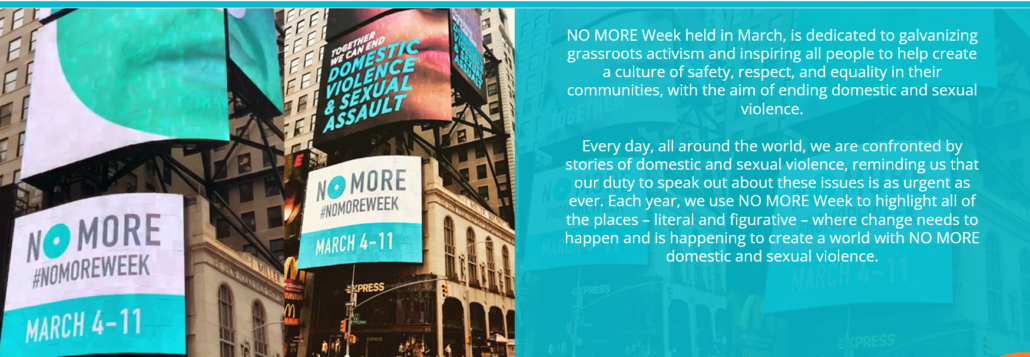
- Nomore.org [No More, United States]
- Nomore.org [No More, United States]: Need Immediate Help?
- Nomoredirectory.org
- Nrcdv.org [National Resource Center on Domestic Violence, United States]
- Nsvrc.org [National Sexual Violence Resource Center, United States]
- Online and Digital Abuse
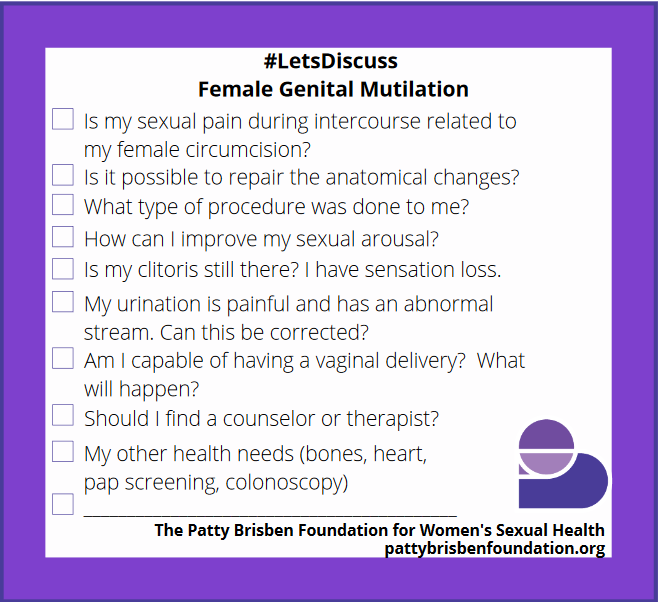 Patty Brisben Foundation for Women’s Sexual Health
Patty Brisben Foundation for Women’s Sexual Health- Preventing Intimate Partner Violence
- Push Forward: 10 Ways To End Violence Against Women
- Putting Survivors At the Forefront of the Global Movement To End Female Genital Mutilation
- RAINN.org [Rape, Abuse & Incest National Network, United States]
- Rapecrisis.og [Rape Crisis England & Wales]
- Refuge The Freephone, 24 Hour National Domestic Abuse Helpline [United Kingdom]
- Relationships and Safety
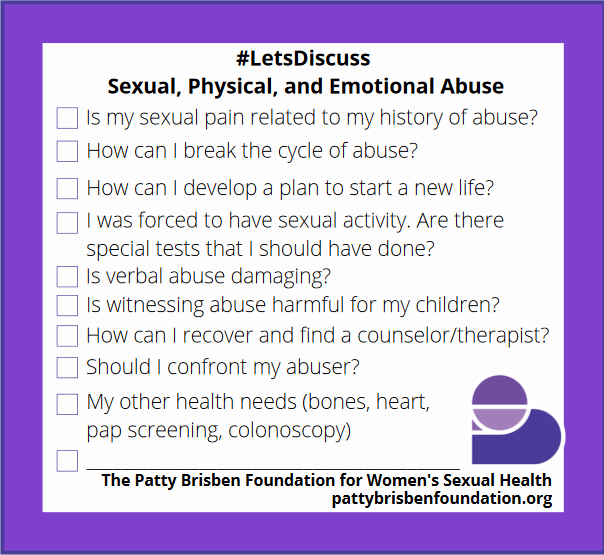 Relationships and Safety: Am I Being Abused?
Relationships and Safety: Am I Being Abused?- Relationships and Safety: Domestic or Intimate Partner Violence
- Relationships and Safety: Sexual Assault and Rape
- Spotlightinitiative.org [Spotlight Initiative]
- Stalking: Know It. Name It. Stop It.
- Stuck In the Middle With You + Domestic Abuse and Menopause
- Support Someone I Know Who Is Being Abused
- Survivor Safety and Connected Cars
- #TakeAStand Against Domestic Violence
- The Myths
- The Pixel Project
- The Pixel Project: Domestic Violence Resource Page
- The Pixel Project: Female Genital Mutilation Resource Page
- The Pixel Project: Resources for Men To Stop Violence Against Women
- The Survivor’s Handbook
- The Survivor’s Handbook: Additional Languages
- The Toll of Control
- UNITE To End Violence Against Women Campaign
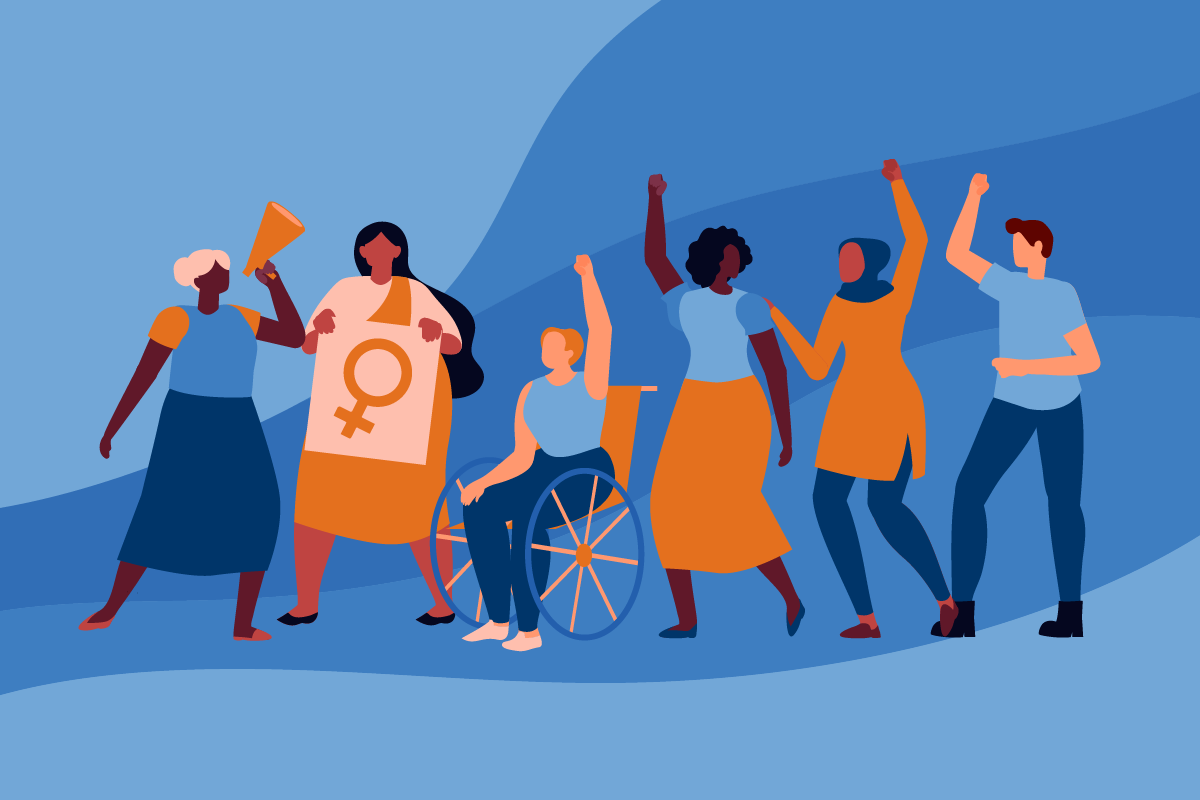
- Understand Relationship Abuse
- Victimsofcrime.org [National Center for Victims of Crime, United States]: Victim Connect Resource Center
- Violence Against Women
- Violence Prevention
- Violence Prevention: Elder Abuse
- Violence Prevention: Intimate Partner Violence [+ Video: What Is Intimate Partner Violence?]
- Violence Prevention: Sexual Violence [+ Video: What Is Sexual Violence?]
- WHO Calls for Greater Attention To Violence Against Women With Disabilities and Older Women
- Watch for Warning Signs of Relationship Violence
- What Is A Safety Plan
- What Is Domestic Abuse?
- What Is Domestic Abuse?
- What Is Domestic Abuse?
- What Is Gaslighting?
- What Is Love Bombing?
- What Is Spiritual Abuse?
- What Is Violence Against Women?
- When Your Partner Threatens Suicide
- Whiteribbon.org.au [White Ribbon Australia | Prevent Men’s Violence Against Women]
- Womensaid.org.uk [Women’s Aid, United Kingdom]
Sources
Where may I find the Sources quoted?
You may find the Sources quoted at:
Sources
- Violence Against Women (A/RES/48/104). United Nations https://www.un.org/womenwatch/daw/vaw/v-overview.htm Accessed: 06 February 2024
- Violence Against Women: Introduction. 09 March 2021. World Health Organization https://www.who.int/news-room/fact-sheets/detail/violence-against-women Accessed: 06 February 2024
- Domestic Violence Statistics: general Statistics. National Domestic Violence Hotline https://www.thehotline.org/stakeholders/domestic-violence-statistics/ Accessed: 06 February 2024
- The Facts. Refuge https://refuge.org.uk/what-is-domestic-abuse/the-facts/ Accessed: 06 February 2024
- Understand Relationship Abuse: We’re All Affected By the Issue of Domestic Violence – Abuse Defined. National Domestic Violence Hotline https://www.thehotline.org/is-this-abuse/abuse-defined/ Accessed: 06 February 2024
- Signs of Domestic Abuse: Spotting the Signs – Types of Domestic Abuse. https://refuge.org.uk/i-need-help-now/how-to-identify-abuse/ Accessed: 06 February 2024
- Understand Relationship Abuse: We’re All Affected By the Issue of Domestic Violence – Abuse Defined. National Domestic Violence Hotline https://www.thehotline.org/is-this-abuse/abuse-defined/ Accessed: 06 February 2024
- International Day for the Elimination of Violence Against Women 25 November: Why We Must Eliminate Violence Against Women. United Nations https://www.un.org/en/observances/ending-violence-against-women-day Accessed: 06 February 2024
- Relationships and Safety: Domestic or Intimate Partner Violence. Page Last Updated: 15 February 2021. Office on Women’s Health, United States Department of Health and Human Services, Womenshealth.gov https://www.womenshealth.gov/relationships-and-safety/domestic-violence Accessed: 06 February 2024
- Fast Facts: Preventing Intimate Partner Violence: What Is Intimate Partner Violence? Last Reviewed: 11 October 2022. Centers for Disease Control and Prevention https://www.cdc.gov/violenceprevention/intimatepartnerviolence/fastfact.html Accessed: 06 February 2024
- International Day of Zero Tolerance for Female Genital Mutilation, 6 February: Ending Female Genital Mutilation By 2023. United Nations https://www.un.org/en/observances/female-genital-mutilation-day Accessed: 06 February 2024
- Abuse In LGBTQ+ Communities. National Domestic Violence Hotline https://www.thehotline.org/resources/abuse-in-lgbtq-communities/ Accessed: 06 February 2024
- Domestic Violence Against Women: Recognize Patterns, Seek Help. 14 April 2022. Mayo Clinic https://www.mayoclinic.org/healthy-living/adult-health/in-depth/domestic-violence/art-20048397 Accessed: 06 February 2024
- Abuse In Later Life. National Clearing House on Abuse In Later Life https://www.ncall.us/abuse-in-later-life/ Accessed: 06 February 2023
- Domestic Violence and Abuse: Getting Help and Support for Domestic Violence. Page Last Reviewed: 30 December 2022. NHS https://www.nhs.uk/live-well/getting-help-for-domestic-violence/#getting-help-and-support-for-domestic-violence Accessed: 06 February 2024
- Relationships and Safety: Escape. Page Last Updated: 15 February 2021. Office on Women’s Health, United States Department of Health and Human Services, Womenshealth.gov https://www.womenshealth.gov/relationships-and-safety Accessed: 06 February 2024
Topic Last Updated: 27 March 2024 – Topic Last Reviewed: 06 February 2024
[/su_yellowbox


